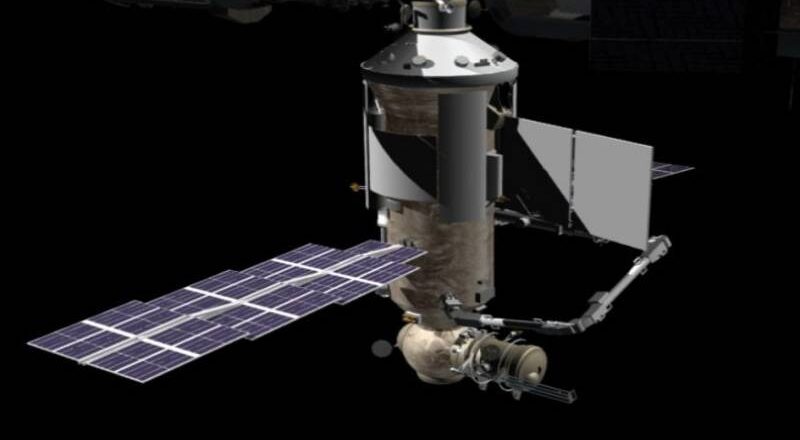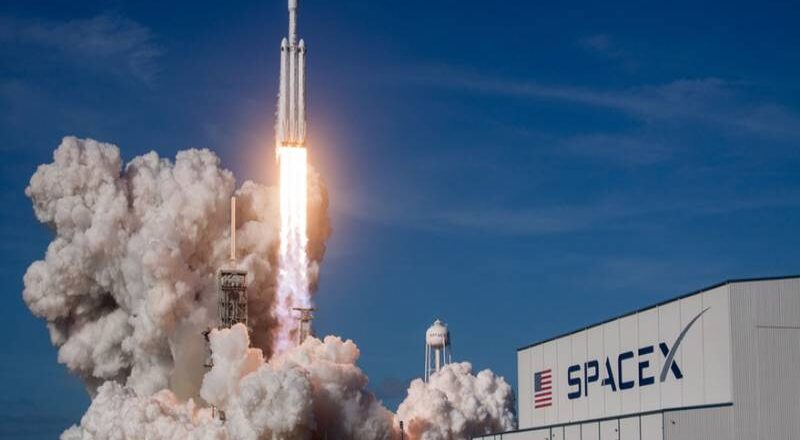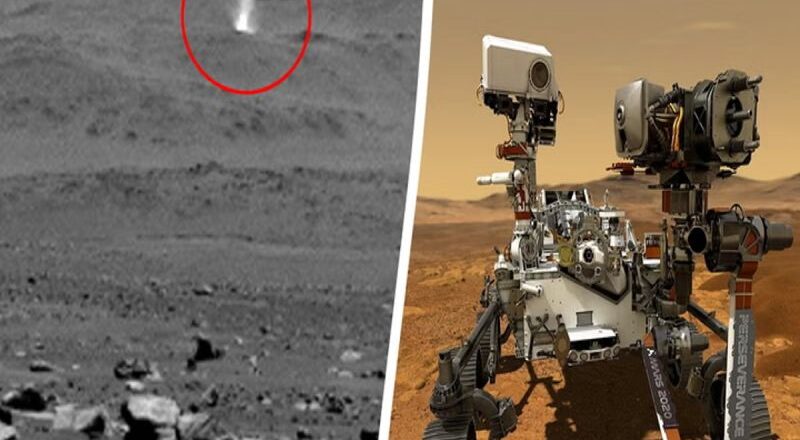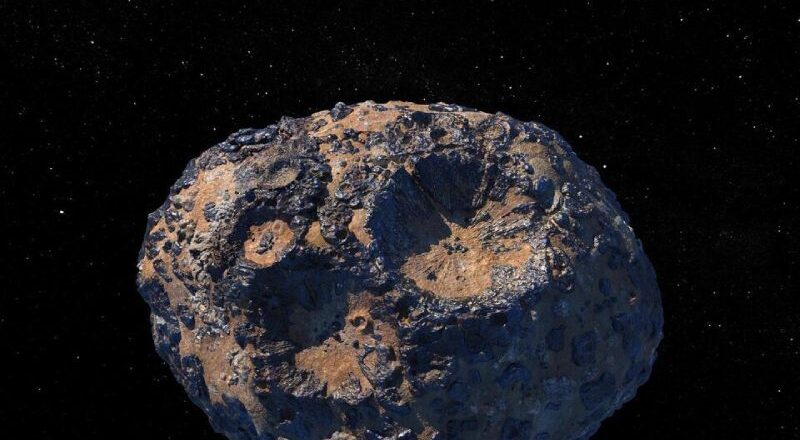Starlink’s Satellite Cellular Service to Debut in 2024, Primarily for SMS
Starlink's long-anticipated satellite cellular service, Direct-to-Cell, is set to start rolling out for SMS in 2024, as indicated by a recently published promotional site from the company. This system aims to provide extensive access to text messaging, calling, and internet browsing across various land, lake, and coastal locations. Additionally, it will connect to Internet of Things (IoT) devices through the LTE standard.
Starlink has forged a partnership with T-Mobile for this project, initially unveiled at the "Coverage and Above and Beyond" event last August. The collaboration involves T-Mobile reserving a portion of its 5G spectrum for Starlink's second-generation satellites, enabling T-Mobile phones to access the satellite network, which, in turn, provides the cell service provide...






